A Modicum of Common Sense Helps Interpret Open Access Publishing
It’s never been easy for readers to know what to believe in academic research. The entire history of science publishing has been riddled with controversy and debate from its very beginning when Hobbes and Boyle, scientists at the Royal Society in London, argued over the scientific method itself.
Even a cursory glance at academic publishing since then shows articles contradicting each others’ findings, papers subsequently shown to contain half truths (even in the serious matter of clinical trials) and yet more that are simply fabricated. Shaky and controversial results have been a part of science since it began to be documented.

This article by Virginia Barbour originally appeared at The Conversation, a Social Science Space partner site, under the title “What to believe in the new world of open access publishing”
Enter a new apparent villain – “predatory open access” publishing, now claimed by some to be overwhelming the literature with questionable research. As highlighted in the recent documentary on Radio National, and subsequently discussed at Social Science Space, there has been a proliferation of dodgy new journals and publishers who call themselves “open access” and who eagerly court academics to be editorial board members, to submit their articles and to attend and speak at conferences.
These activities have led to concern over whether any open access publications can be trusted. Librarians in institutions in Australia and elsewhere attempt to keep abreast of all these “predatory” journals and publishers.
In a more positive endeavor, an organization of legitimate open access publishers (OASPA) has come together and they and other journal associations and the Directory of Open Access Journals have produced ways to assess journals.
Although the extent of the problem is not known (and may even be exaggerated by ever-expanding blacklists), some academics still submit to questionable journals, newspapers give publicity to bizarre articles from them, and non-academic readers rightly wonder what on earth is going on.
It’s worth remembering how new this all is. Whereas scholarly publishing is 350 years old, it is only 25 years since the web began; academic online publishing followed about 20 years ago. Open access – a part of the wider open scholarship movement (which seeks to enhance integrity and good scholarship) – is barely 15 years old.
What we are witnessing is the oft-repeated story of what happens when any new technology appears. Alongside an explosion of opportunities for good, there will always be those that seek to exploit, such as these predatory publishers.
But just as no one ever assumed that everything in print was trustworthy, neither should that be the case for open access content. And in the end the content is what matters – whether delivered by open access, subscription publishing, or a printed document.
To complicate matters further, alongside this revolution in access, the academic literature itself is evolving apace with papers being put online before review and revisions of papers made available with peer review histories alongside.
Even the format of the academic paper is changing. Datasets or single figures with little explanation attached to them can now be be published. The concept of an academic paper that is a definitive statement of “truth” is finally being laid to rest.
It was never a realistic concept and arguably has led to much confusion about the nature of truth, especially in science. Science evolves incrementally. Each finding builds on evidence from before, some of which will stand up to scrutiny via replication, and some not.
As the amount of information available increases exponentially, the challenge for everyone is to learn how to filter and assess the information presented, wherever it is published.
For scientists, one way of deciding how important an article is has traditionally been which journal it has been published in. However, even prestigious journals publish work that is unreliable. Hence there are initiatives such as the San Francisco Declaration on Research Assessment which discourages judging papers only by where they are published.
For non-academic readers, understanding what to trust is even more challenging. Whether the article has been peer-reviewed is a good starting point.
Most important of all perhaps is the need for a modicum of common sense – the type of judgements we apply every day to claims about items in our daily lives: can I see the whole paper or am I just seeing an excerpt? How big was the study being reported? Do the claims seem sensible? Is the result backed up by other things I have read? And what do other experts in this area think of the research? ![]()
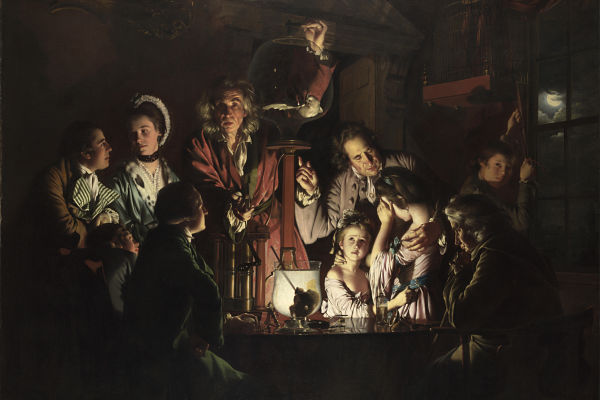



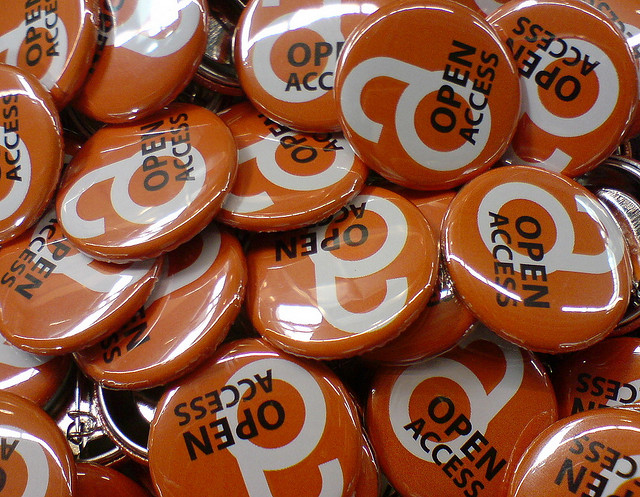
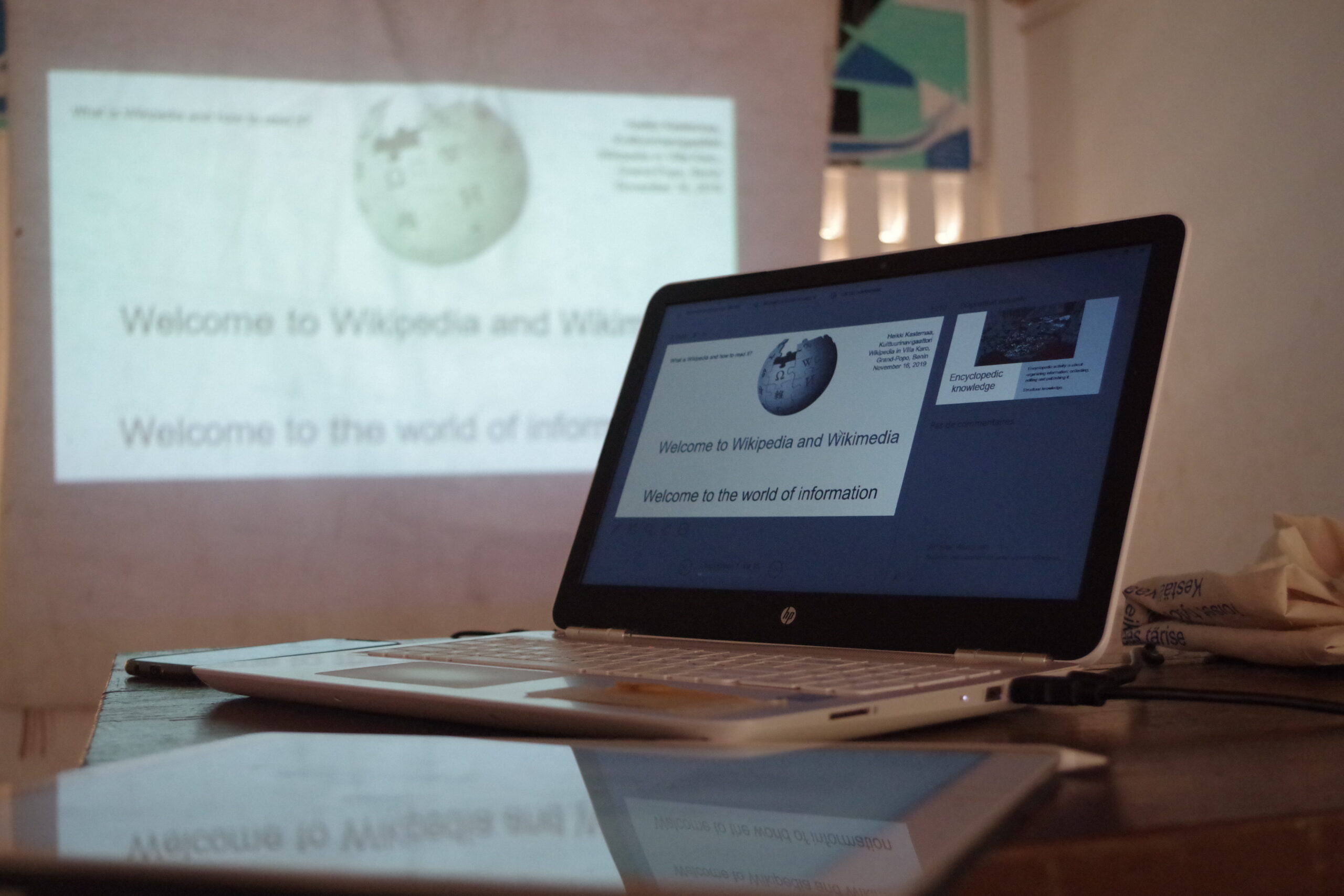
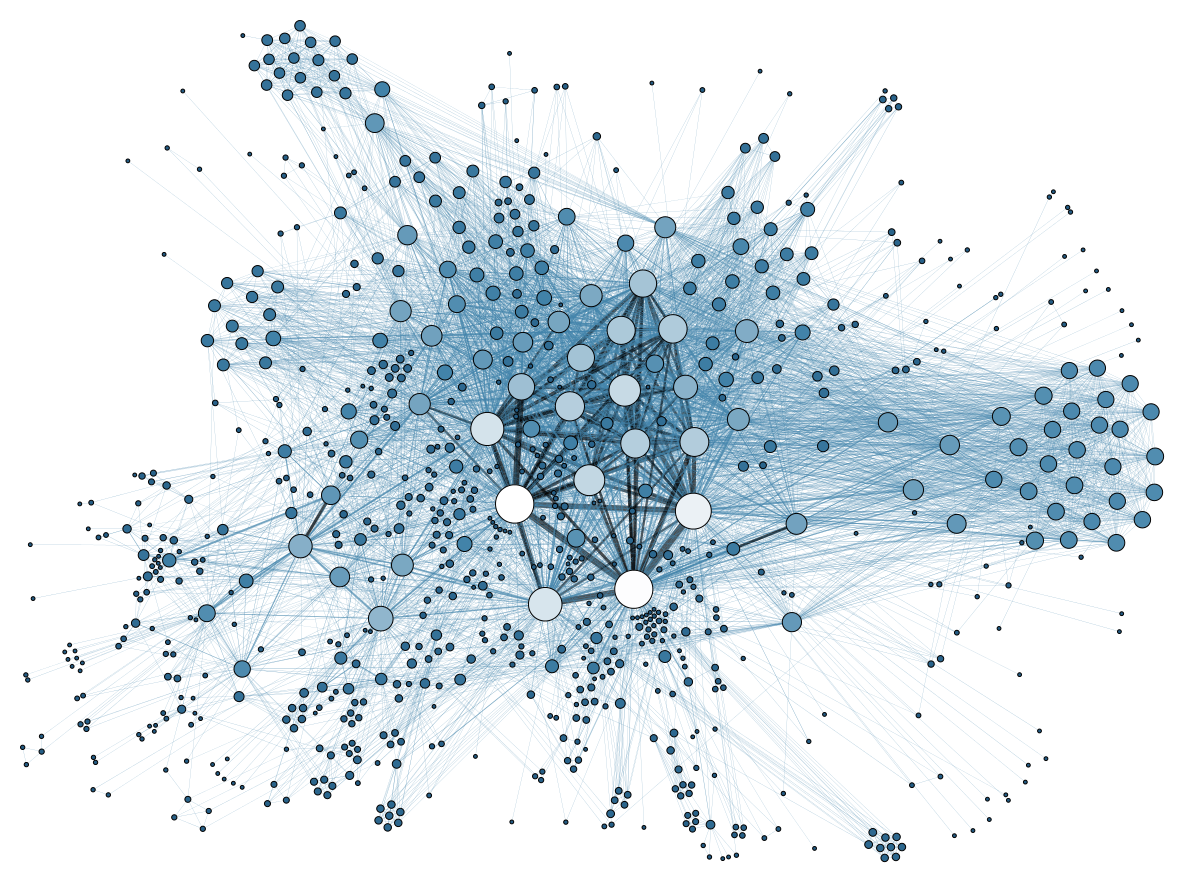
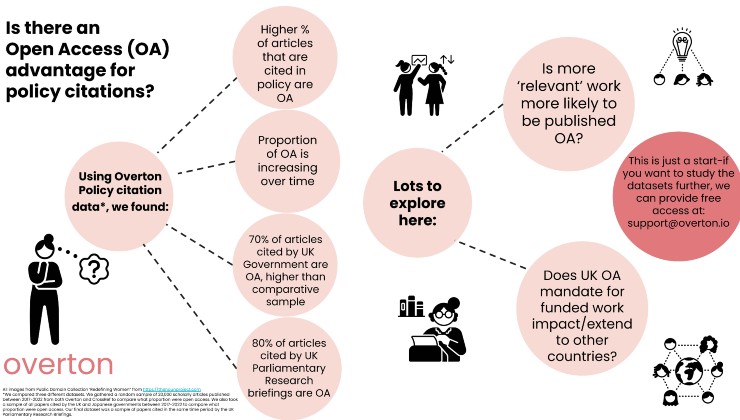




















































































This article nicely highlights a problem that has been too lightly dismissed by OA enthusiasts, namely that this tends to shift search and verification costs from journals to readers. The injunctions in Virginia Barbour’s last paragraph may simply be the application of common sense – but when you have to perform them for every single paper you read, they are time-consuming and costly. Traditional peer-review and quality marking by journals streamlined this process from the beginning, which is why it came to establish market dominance over exchanges of correspondence or oral presentations of papers to learned societies. It is a… Read more »